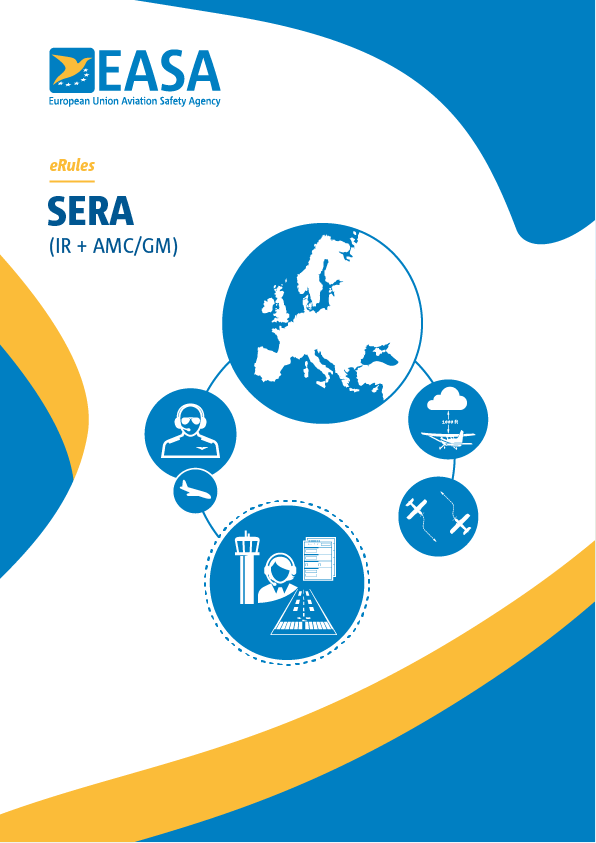Implementing Rules (IRs) (Commission regulations)
AMC/GM to IRs (ED decisions)
|
Incorporated ED Decision |
AMC/GM Issue No, Amendment No |
Applicability date(s) |
|
Initial issue |
17/7/2013 |
|
|
Amendment 1 |
15/10/2016 |
|
|
Amendment 2 |
27/1/2022 3/7/2020 (for GM1 SERA.2005) 5/11/2020 (for point 1.1.11 of AMC1 SERA 14001) |
|
|
Amendment 3 |
12/8/2021 (for point 1.1.11 of AMC1 SERA.14001) |
|
|
Amendment 4 |
1/12/2022 |
|
|
Amendment 5 |
1/12/2022 |
|
|
Amendment 6 |
26/1/2023 |
|
|
Amendment 7 |
1/5/2025 |
Note: To access the official versions, please click on the hyperlinks provided above.
